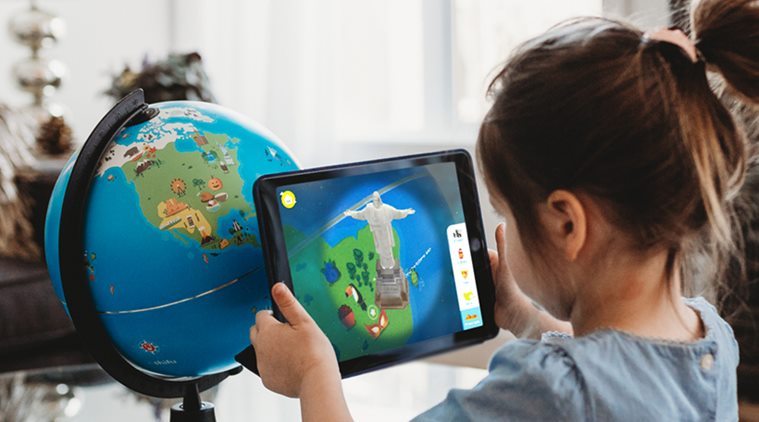By Beas Dev Ralhan
Learning is more effective when children engage with it voluntarily; therefore, it is necessary for preschool instruction to incorporate interesting technologies to create attractive learning environments. In this scenario, Augmented Reality has become one of the most popular technologies for preschool education.
What is augmented reality?
Augmented reality is a multisensory interactive experience of the real-world environment. The experience is woven with the physical environment in such a way that it seems to be a part of the real world. A common example would be looking at a building with an AR device and seeing its historical information superimposed via computer-generated graphics. Content in multimedia format is integrated into a real-time learning environment, popularly with scannable markers embedded in flashcards or books.
How augmented reality helps early learners
The majority of cognitive development for tiny tots happens at the age of 2.5 – 5.5 years. A 3D audio-visual approach would be the most ideal for their holistic development than the 2D visual approach because it has a more sensory impact, which is very important in early childhood education. With the help of augmented reality products, children can examine every aspect of objects and animations by turning them or magnifying them with their hands. It feeds their inherent curiosity and gives them a chance to experience from up close things that are not readily available in the classroom scenario.
Preschool academic experts have pressed on the harmful effects of technology on children, and how exposure to technology at this age/stage should be limited. Exposure to technology in beneficial ways can help kids learn better as well as improve their technical skills and their confidence in using technology.
The future of AR in preschools
Augmented reality is also converging with robotics. Recently, New York University research scientists have created a platform to control bots through augmented reality. New games with AR robots as the chief control are also becoming popular. With this, early learners can learn the elementary principles of STEM which centre around solving real-world problems through collaboration and hands-on inquiry. Introducing this in primary schools may seem daunting, but it will help improve their tinkering skills with fewer chances of getting hurt with physical robotics components.
The best part of integrating AR in preschool learning is that it does not need complicated equipment, thereby increasing its usability for youngsters. It gives various ways of engaging their interest in learning, making classes fun and effortless.
(The writer is Co-founder and CEO, Next Education India Pvt. Ltd.)
Source: How augmented reality can help early learners | Parenting News, The Indian Express













